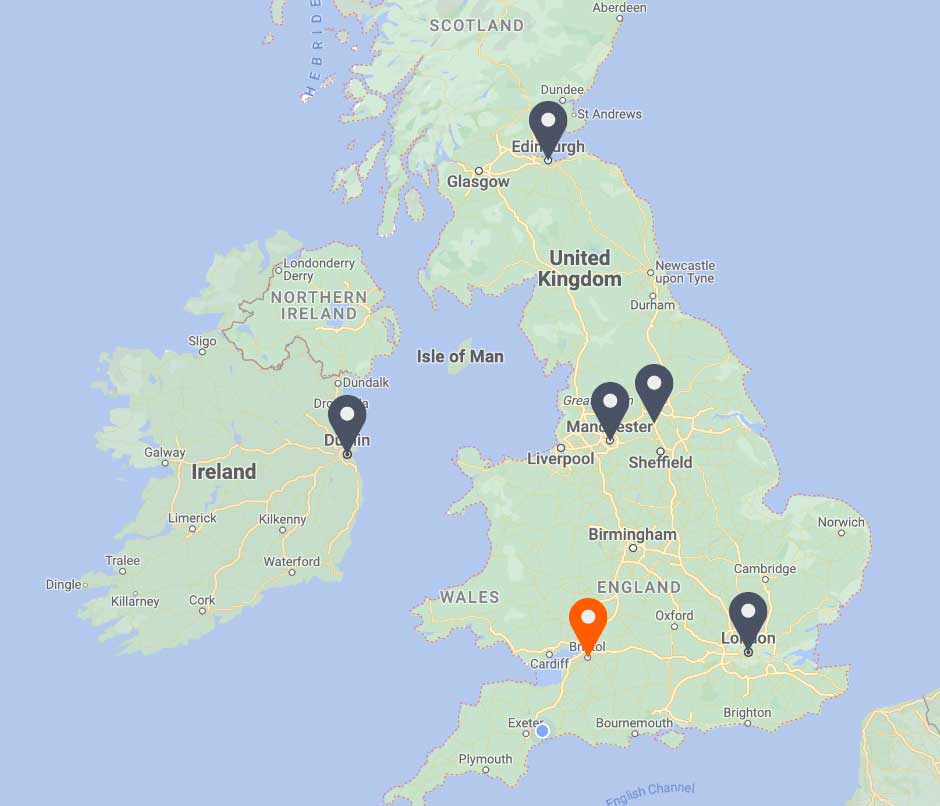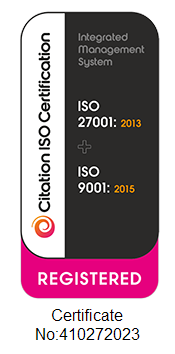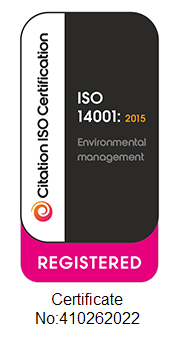
IoT Smart Building Solutions
IoT Smart Building Solutions
- IoT Smart Building Solutions
- Read Our Latest Blog
Harness the power of energy efficiency for a cleaner future.
Wireless LoraWAN Sensors: Revolutionising Building Management
At the heart of our IoT Smart Building Solution lie Wireless LoraWAN sensors, representing a significant advancement in building management technology. LoraWAN (Long Range Wide Area Network) technology is a game-changer for building management, offering:
Extended Range: LoraWAN sensors provide exceptional wireless coverage, enabling you to monitor and control devices across even the largest buildings and facilities.
Energy Efficiency: These sensors are designed for minimal power consumption, ensuring long-lasting operation and reducing the need for frequent battery replacements.
Data Accuracy: Enjoy precise, real-time data from various sensors, including temperature, humidity, occupancy, and more. This data forms the foundation for informed decision-making.
Cost-Effective Deployment: The wireless nature of LoraWAN eliminates the need for extensive wiring, making installation faster and more cost-effective.
Scalability: Our system effortlessly scales to accommodate the unique needs of your building or portfolio, whether it’s a single facility or a large, multi-site operation.
What Is IoT Remote Monitoring?
IoT remote monitoring uses connected sensors, devices, and systems to remotely observe, manage, and optimise various aspects of a building’s operation. It enables building managers and owners to:
Monitor environmental conditions such as temperature, humidity, and air quality.
Track energy usage and identify opportunities for efficiency.
Detect and respond to equipment failures or malfunctions in real-time.
Implement predictive maintenance strategies to prolong the lifespan of assets.
Enhance occupant comfort and safety through intelligent systems.
Achieve sustainability goals by reducing energy consumption and environmental impact.
Cloud-Based IoT Monitoring: The Power of Real-Time Insights
Our Cloud-based IoT monitoring platform elevates smart building management to the next level, offering an array of benefits, including:
Real-Time Visibility: Gain instant access to critical data and insights from your building’s sensors, allowing you to monitor conditions, track performance, and respond to anomalies in real-time.
Data Analytics: Leverage the power of data analytics to identify patterns, trends, and opportunities for optimisation. Uncover energy-saving possibilities and enhance operational efficiency.
Remote Control: Take control of your building’s systems and devices remotely. Adjust settings, respond to alarms, and optimise energy consumption with ease, all from a centralised dashboard.
Customised Alerts: Configure custom alerts and notifications to stay informed about specific events or conditions in your building. Be proactive in addressing issues before they escalate.
Efficient Resource Allocation: With real-time data at your fingertips, you can allocate resources more efficiently, reducing operational costs and environmental impact.
Why Choose Energy & Technical Services' IoT Smart Building Solution?
When you select our IoT Smart Building Solution, you’re investing in the future of building management. Here’s why our system stands out:
Comprehensive Integration: Our solution seamlessly integrates Wireless LoraWAN sensors with Cloud-based IOT monitoring, offering a holistic approach to building management.
Efficiency: Achieve unparalleled efficiency in your building’s operation, resulting in reduced operational costs and enhanced sustainability.
Customisation: Tailor the system to meet your specific needs and objectives, ensuring it aligns perfectly with your building’s requirements.
Data-Driven Insights: Harness the power of data analytics to make informed decisions, drive energy-saving initiatives, and optimise building performance.
Remote Control: Enjoy the convenience of remote monitoring and control, allowing you to manage your building from anywhere, at any time.
The era of smart buildings is here, and our IoT Smart Building Solution puts you at the forefront of this transformative technology. Embrace connectivity, efficiency, and sustainability like never before. Contact us today to discover how our Wireless LoraWAN sensors and Cloud-based IoT monitoring can revolutionise your building management strategy.
Join the smart building revolution and unlock the full potential of your facilities with our IoT Smart Building Solution.
Our building technologists are here to help worldwide buildings!
Blockchain and the Built Environment
Introducing Smart Building Technology into an Existing Building
Internet of Things – Are you using it to the full?
The benefits of IoT smart building

reduce energy costs
We provide the ability for remote diagnostics
and remedial actions (reducing exposure to
call-out and site attendance costs) and the potential for bulk uploads of control strategy changes.

Empowered control connectivity
Enhanced data and control connectivity not only provides inherent benefits, but also facilitates a number of downstream enhancements and improvements to building performance.

Ensured operational efficiency
Once a site is connected, our specialists then assist in setting the control parameters to your requirements to ensure operational and energy efficiency.










































































